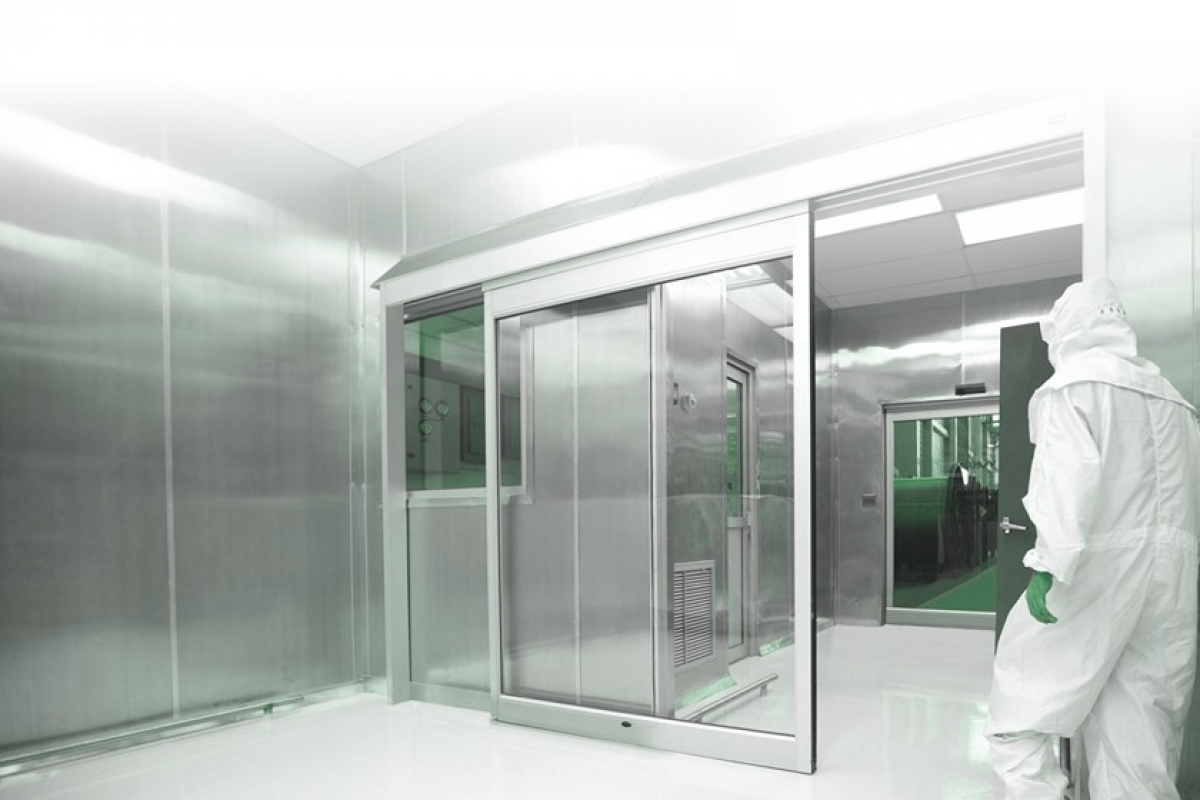
The Bare Necessities
The supplies needed for cleaning a facility will vary according to the cleanroom’s classification and purpose, but there are certain materials that every facility should use.
Cleaning a home requires a collection of mops, vacuums, wipers, and cleaning agents. Similarly, cleanrooms require different tools for different cleaning tasks. Wipes and swabs clean small areas; mops are dedicated to larger surfaces. Cleaning solutions should be formulated to the task. Vacuum cleaners, non-shedding mops, and sticky rollers are other necessities.
All cleanrooms should have the basic materials used for wipe-downs, and floor and wall maintenance to follow the standards for each designation. This can only be answered by the classification and the process that is going on in the room.
The must-have consumables to maintain cleanliness are non-shedding wipes, sticky mats, mops, HEPA filter vacuums, disinfectant sprays, cleanroom smocks, gowns, gloves and shoe covers, cleanroom trash bags, and trash cans.
Since a cleanroom may have small corners and edges that can be missed when mopping floors and wiping down walls, more specialized equipment sometimes is required.
One thing that should not be overlooked when maintaining the cleanliness of a cleanroom is the importance of a swab. Cleaning walls, floors, and other flat surfaces can give the appearance of a clean work environment but there are many nooks and crannies where the use of a swab is critical. The cleaning process should include areas that can accumulate particulates in hard to reach areas that only a swab can effectively clean.
Perkins identifies machinery and equipment, floor drains, and air handling systems as areas suitable for cleaning with swabs. In addition, swabs can be used to test for molds, bacteria, total organic carbon, and proteins.
Garments are an important tool in a cleanroom, especially to cover workers’ feet so that particles are not tracked inside.
Shoe covers are ‘must-have’ consumables in order to maintain cleanliness in a cleanroom. Out of everything people wear, shoes are by far the dirtiest and most likely to have things stuck to them that can fall off. Moreover, according to one recent study, researchers found at least nine different types of bacteria on peoples’ shoes. Shoe covers prevent these types of contaminants from entering and being left behind.
Resources & Articles
CLIN ® "Resources" page is for individuals/companies seeking information on cleanrooms and controlled environments. Find Cleanroom News, Discussion Forums, Cleanroom Cleaning Recommendations, Cleanroom Terminology, Cleanroom Directory, and more.
Content Disclaimer
Information are contributed by/from different websites and all credit goes to its respective owners/writers/websites/companies and etc, and while we endeavour to keep the information up to date and correct, we make no representations or warranties of any kind, express or implied, about the completeness, accuracy, reliability, suitability or availability with respect to the website or the information, products, services, or related graphics contained on the website for any purpose. Any reliance you place on such information is therefore strictly at your own risk.
In no event will we be liable for any loss or damage including without limitation, indirect or consequential loss or damage, or any loss or damage whatsoever arising from loss of data or profits arising out of, or in connection with, the use of this website.
Through this website you are able to link to other websites which are not under the control of respective owners/writers/websites/companies and etc. We have no control over the nature, content and availability of those sites. The inclusion of any links does not necessarily imply a recommendation or endorse the views expressed within them.
Every effort is made to keep the website up and running smoothly. However, CLIN ® takes no responsibility for, and will not be liable for, the website being temporarily unavailable due to technical issues beyond our control.











